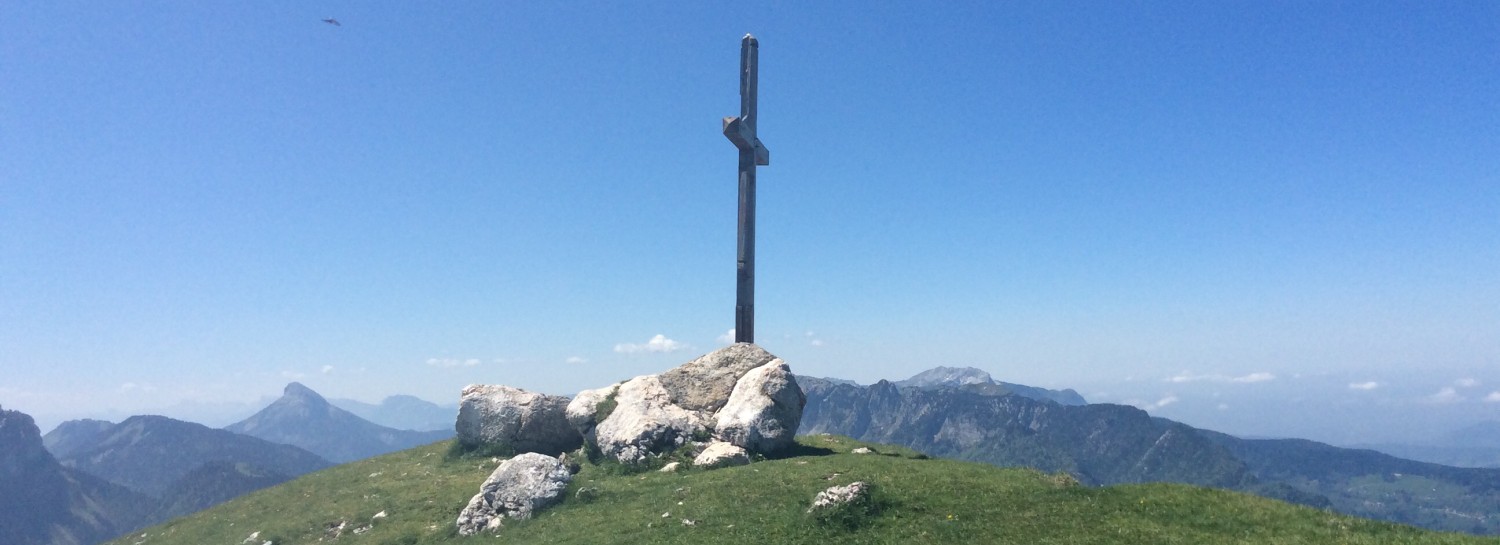On Saturday afternoon, I led the funeral of an English lady who had died the previous week in Lannion Hospital. I didn’t know her or her family, but the husband and daughter wanted the service to be in English as they hardly speak any French. As my colleague couldn’t do it, i did it.
It was my second funeral, and my first cremation. It took place in Begard, a small town about 20 minutes from Guingamp. The service went well I think. It was very sad. The husband and the daughter were devastated. They had been married for 54 years. There were about 15-20 people, all English apart from the Breton neighbours of the couple. I found that the fact that the lady wasn’t buried disturbing. It gave me a sense of the hopelessness of these people. It also gave the impression that there is no hope beyond death.
After the service, the coffin went into the crematorium and the family left. I stayed behind for a coffee with the undertankers. I was curious about their job so had a few questions to ask. It was interesting. I realized how important their job is. They are confronted with the reality of pain and death every day and seemed very human. They realized the importance of their work, and weren’t after the money, for example, unlike some, they wouldn’t charge for keeping the ashes of the deceased person. I enjoyed that time I spent speaking with these undertakers. It is an interesting contact.
